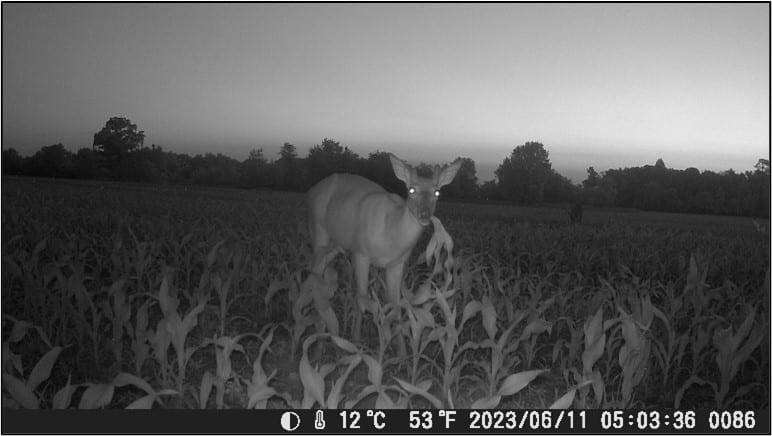Cover crops respond to planting conditions and temperatures like other crops, and their growth will certainly follow winter temperatures as they accumulate growing degree days (GDD). Rather than set a solid burn down date based on a month or corn/soybean planting dates, you should scout fields to check on the current stage and biomass present. If your goal is to reduce interference with cash crop planting, then warmer winters and excessive growth may occur earlier in the spring than usual. If your goal is to build biomass for nitrogen, weed suppression, or a moisture retaining mulch layer, your potential burn down date can still vary from year to year. Additionally, our wet spring has caused variable conditions our fields, with saturated conditions killing off some cover crop growth (Figure 1).



